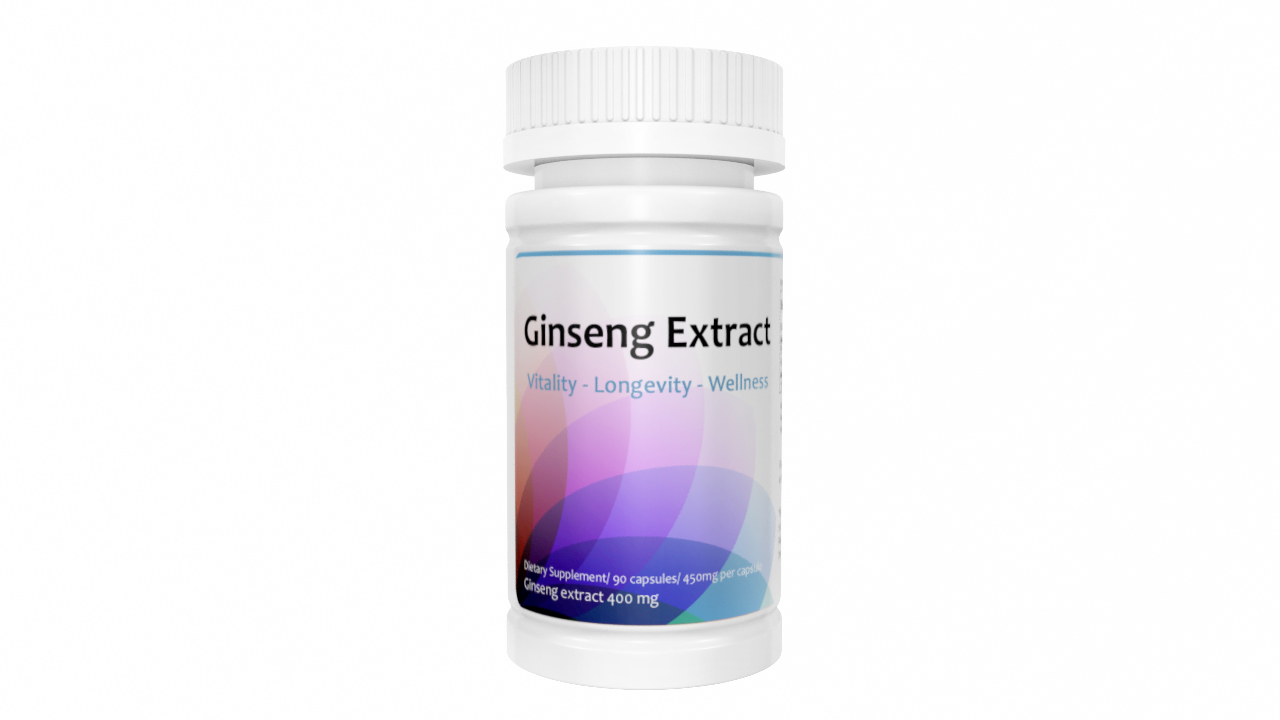Anticancer and antitumour action
The body is made up of many types of cells. These cells grow and divide in a controlled way to produce more cells as they are needed to keep the body healthy. When cells become old or damaged, they die and are replaced with new cells.
However, sometimes this orderly process goes wrong. The genetic material of a cell can become damaged or changed, producing mutations that affect normal cell growth and division. When this happens, cells do not die when they should and new cells form when the body does not need them. The extra cells may form a mass of tissue called a tumour.
Several clinical studies have been conducted in China and Japan with cancer patients using Cordyceps (Wang, R. et al. Clinical Trial Of A Mixture of Six Medicinal Mushroom Extracts. http://alohamedicinals.com/clinical_trials.html 2001.). In a study with 50 lung cancer patients, a therapeutic dose of 6 grams of Cordyceps extract was administrated per day in conjunction with chemotherapy. The tumours reduced in size in 46% of patients. (Zhu, JS, Halpern, GM, Jones, K. The scientific rediscovery of a precious ancient Chinese herbal regimen: Cordyceps sinensis. Part II. Journal of Alternative and Complementary Medicine. 1998, 4(4), 429–457; Zhu, JS, Halpern, GM, Jones, K. The scientific rediscovery of an ancient Chinese herbal medicine: Cordyceps sinensis. Part I. Journal of Alternative and Complementary Medicine. 1998, 4(3), 289–303.)Other studies show that Cordyceps can reduce the growth of tumour cells of sarcoma S180, Lewis’s cancer of the lungs, MA737 cancer of the breast and Erlich’s ascites carcinoma. (Ganxhon, L et al. The essentials of traditional Chinese herbal medicine (5th edition). USA: Foreign Language Press, 2003)











